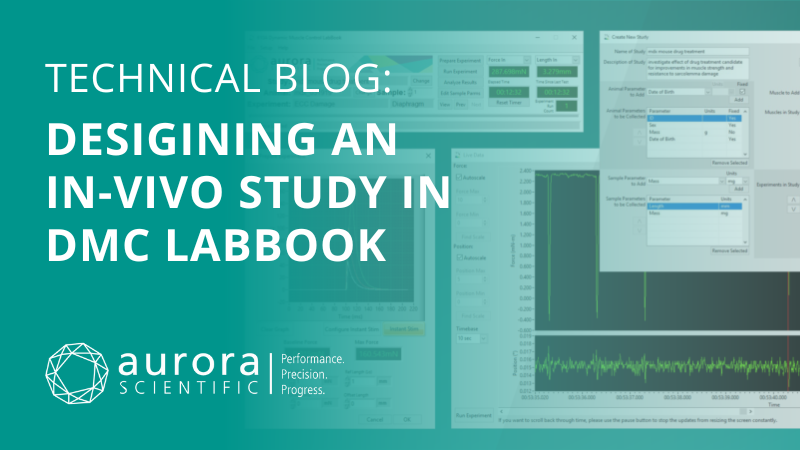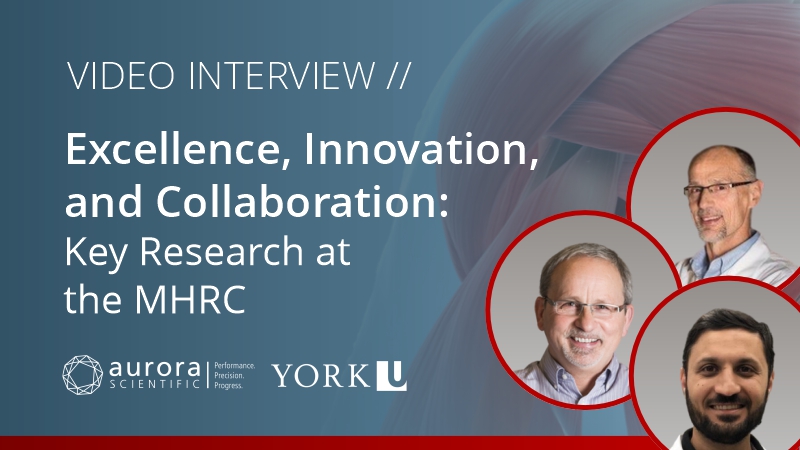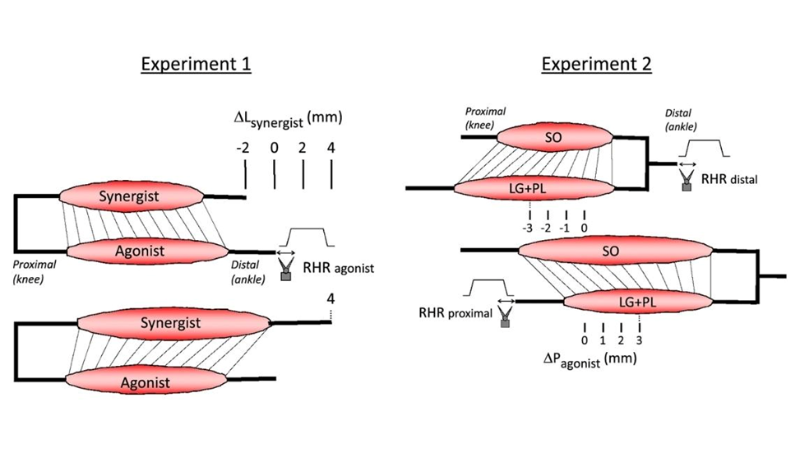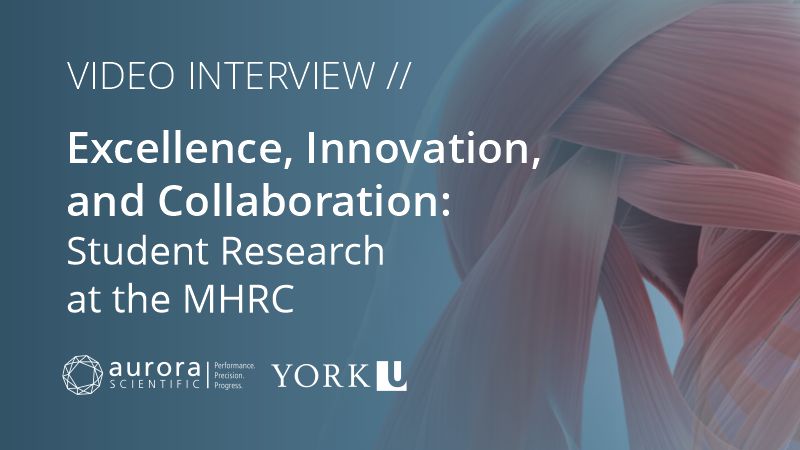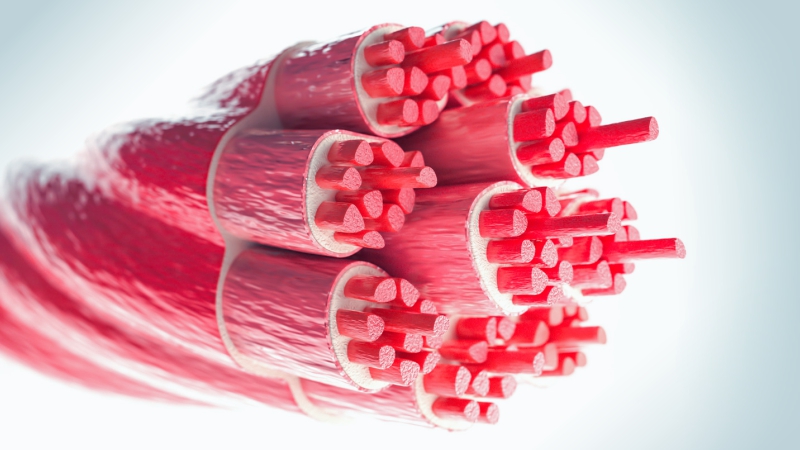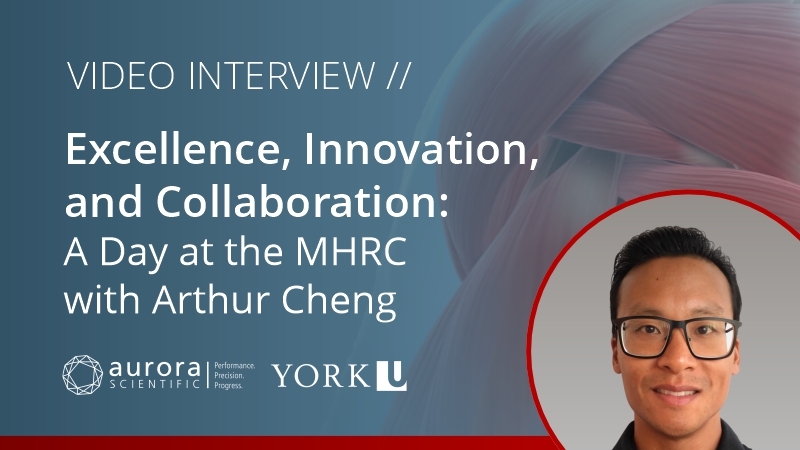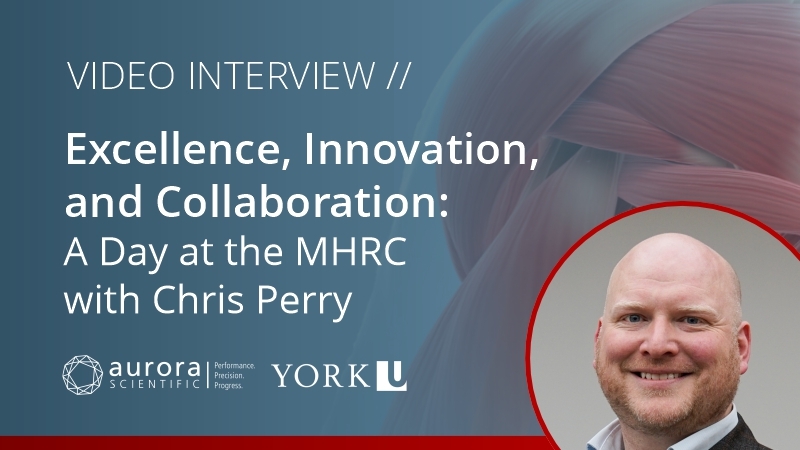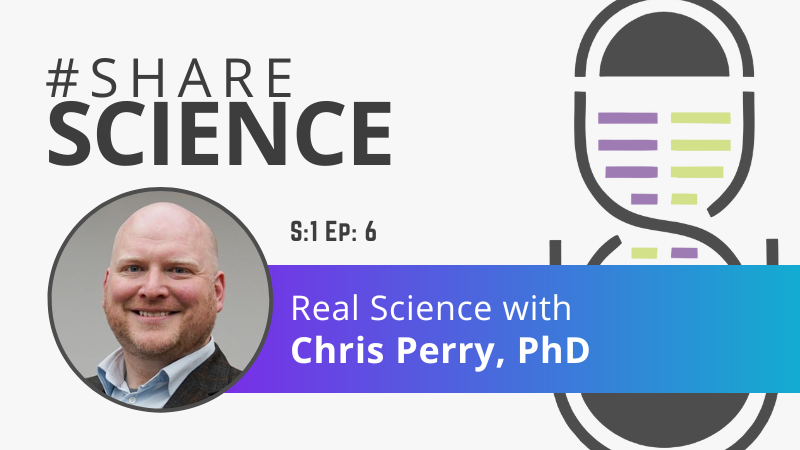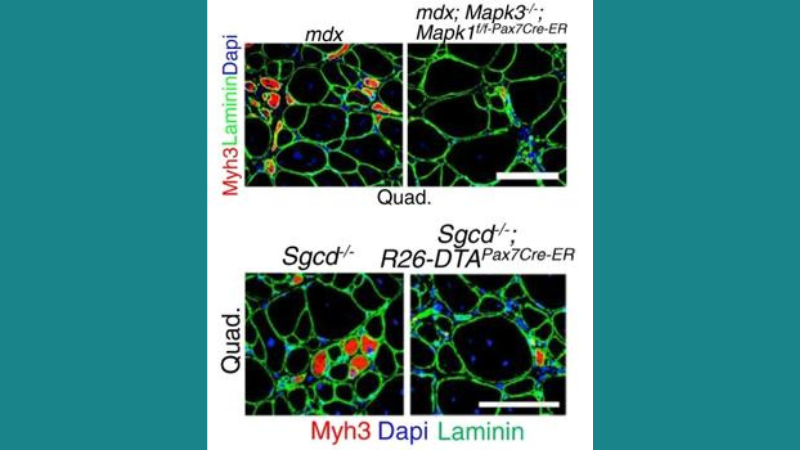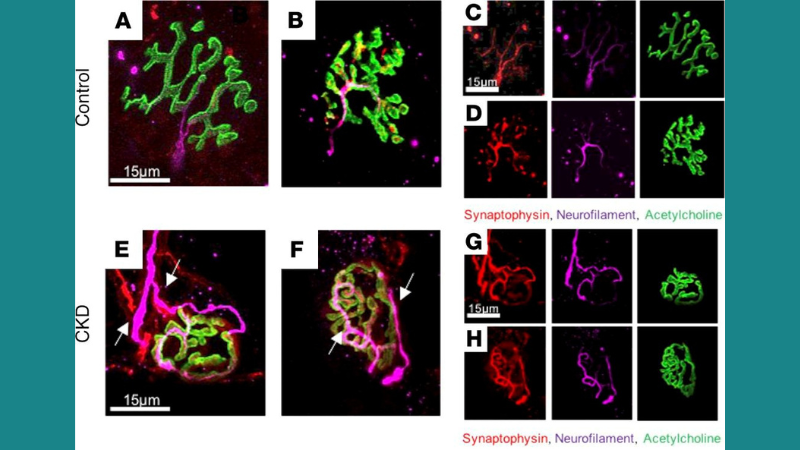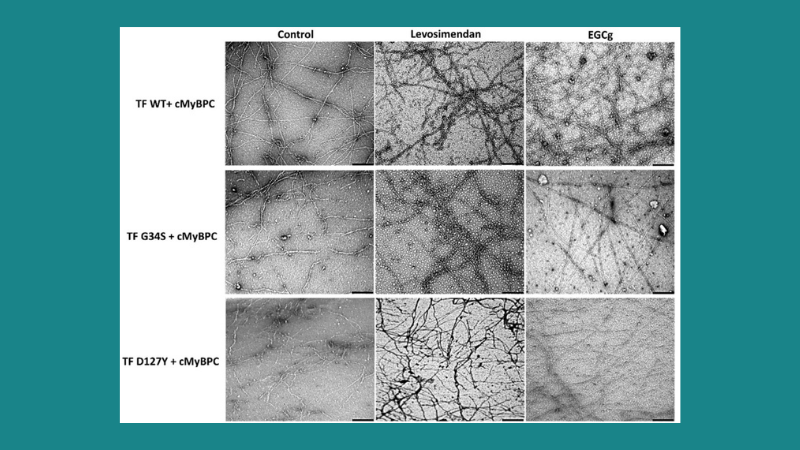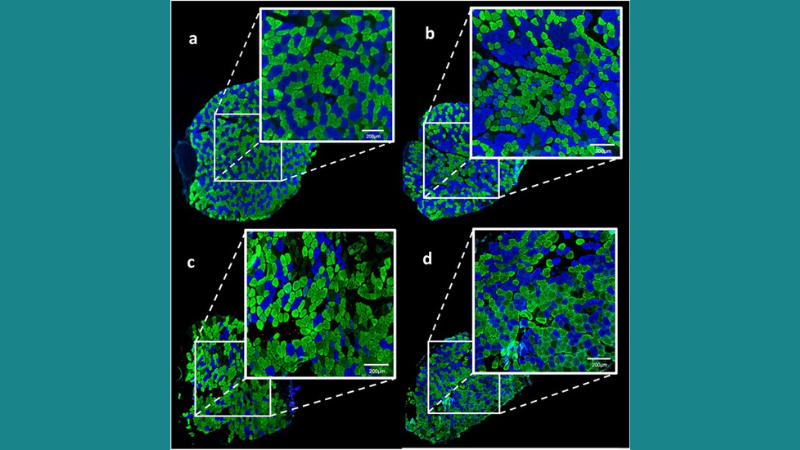Designing an in-vivo study in DMC LabBook
This blog will provide a walkthrough of how to design a study in our Dynamic Muscle Control (DMC) LabBook software, specifically for 1300A 3-in-1 Whole Animal System in-vivo experiments.
Excellence, Innovation, and Collaboration: Key Research at the MHRC
This past April, we partnered with InsideScientific and the Muscle Health Research Centre (MHRC) at York University, a one-of-a-kind facility that fosters an interdisciplinary approach to the study ...
Sensory Encoding by Muscle Spindle Afferents
This publication review highlights Aurora Scientific instruments that can facilitate the study of sensory encoding by muscle spindle ...
Excellence, Innovation, and Collaboration: Student Research at the MHRC
This past April, we partnered with InsideScientific and the Muscle Health Research Centre (MHRC) at York University, a one-of-a-kind facility that fosters an interdisciplinary approach to the study ...
Functional Recovery of the Musculoskeletal System Following Injury – Leveraging the Large Animal Model
Watch Dr. Sarah Greising discuss the current pathophysiologic understanding of the skeletal muscle remaining following traumatic musculoskeletal ...
Excellence, Innovation, and Collaboration: A Day at the MHRC with Arthur Cheng
Interviewing Dr. Arthur Cheng at the Muscle Health Research Centre (MHRC), York University, an innovative research centre that facilitates the interdisciplinary study of muscle biology and the ...
Excellence, Innovation, and Collaboration: A Day at the MHRC with Chris Perry
Interviewing Dr. Christopher Perry at the Muscle Health Research Centre (MHRC), York University, an innovative research centre that facilitates the interdisciplinary study of muscle biology and the ...
Talking Real Science with Chris Perry
Christopher Perry, PhD, an Associate Professor at York University with the School of Kinesiology & Health Science joined us to talk in detail about his career path that led him to study regulation of ...
Attenuating Muscle Disease Pathology
This publication review discusses how Aurora Scientific muscle physiology products are used in muscular dystrophy preclinical ...
Mitochondrial Bioenergetics and Muscle Function
Highlighted in this publication review are systems available from Aurora Scientific that have aided studies of mitochondrial bioenergetics and muscle function in various research areas, including ...
Myofilament Mechanics in Cardiac and Skeletal Muscle
This publication review highlights how Aurora Scientific offers technologies and instruments for facilitating mechanistic ...
Modelling Exercise-Induced Muscular Changes Using Dynamic Contractions
This publication review highlights how some of our instruments have been used to study the morphological characteristics and function of muscle, as well as myocellular signaling, in rodent models of ...
Mitigating Neuromuscular Deficits
This publication review highlights how several researchers have recently employed our instruments and technologies to better understand these mechanisms and uncover new therapeutic avenues for a ...
Best of 2021: Muscle Physiology
This publication review summarizes some of the best recent articles that fall under our Muscle Physiology ...
Musculoskeletal Complications of Cancer and its Treatments
In this webinar Dr. Bonetto presents evidence that bone preservation directly impacts muscle size and function in cachexia, thus also contributing to unraveling novel pathogenetic mechanisms and ...

